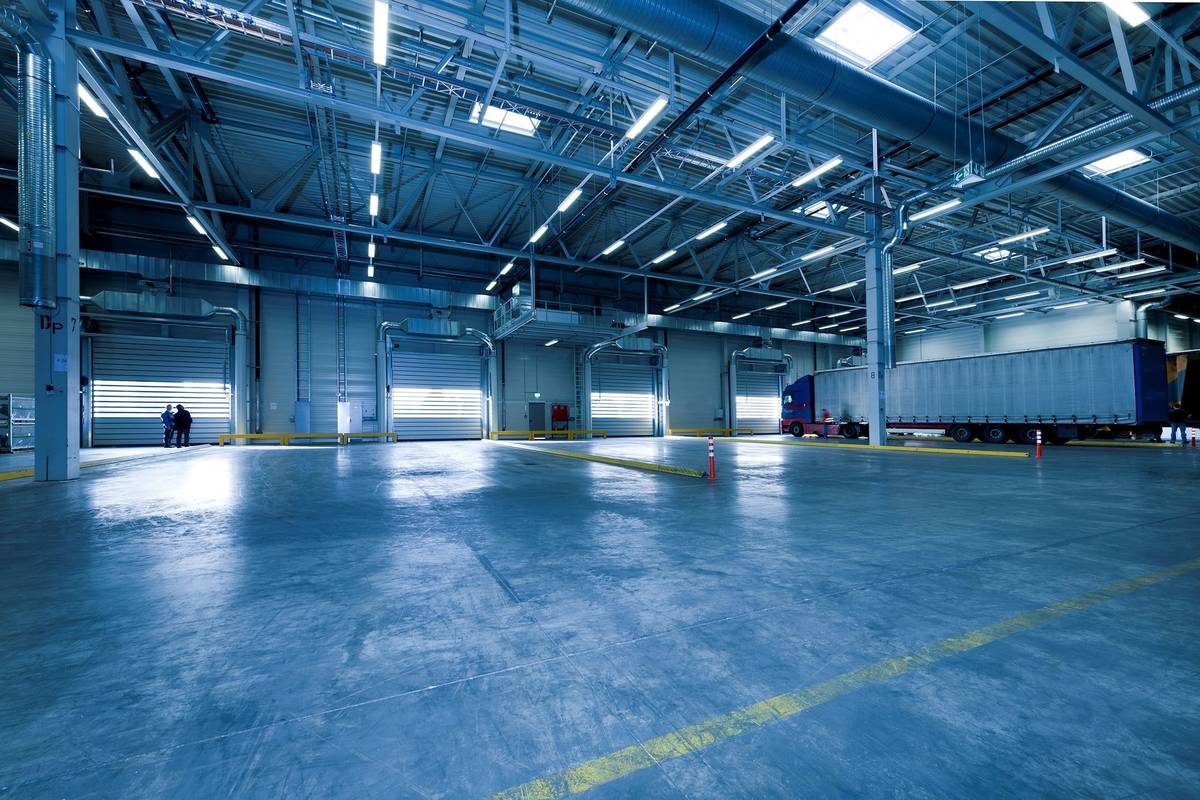The tools economists use to measure economic activity to predict economic growth or recession across the U.S. are evolving — especially with the rise of online sales. And now, as the pandemic is shifting consumer habits and straining industries nationwide, the need for a timely sense of economic activity is more vital than ever.
One way for measuring service economies based on warehousing, transportation and inventory is playing an increasingly important role in providing that picture. The Logistics Managers’ Index is the result of nearly four years of work by Ron Lembke, associate professor of operations management and chair of the Marketing Department at the University of Nevada, Reno’s College of Business, and his colleagues.
The research group includes Lembke’s former colleague, Dale Rogers from Arizona State University; Zachary Rogers, an assistant professor at Colorado State University and University MBA alumnus; Shen Yeniyurt from Rutgers University; and Steven Carnovale from the Rochester Institute of Technology.
“The goal of the LMI is to track movements in the logistics industry because we believe many of the metrics we measure function as leading economic indicators,” Lembke said. “These logistics components show changes upstream in the economy, as opposed to only at the consumer level, which is how the Gross Domestic Product (GDP) measures economic activities. Our index can better indicate what’s happening with consumer spending and online sales since the shift to a service-based economy. When companies expect their sales to grow, they first have to contract warehousing and trucking suppliers for more capacity.”
The LMI tracks changes in the movement and storage of goods before they reach the consumer by measuring the economic shift in logistic components. The LMI research team gathers responses from over 100 logistics professionals each month on the movement and direction of key logistics metrics. The monthly survey asks them to report their current and future status across eight areas: inventory levels and costs; warehousing capacity, utilization and prices; and transportation capacity. The metrics from these surveys are combined into the LMI, which is released on the first Tuesday of every month.
SEEING COVID-19 THROUGH THE LENS OF THE LMI
According to the LMI, the current global pandemic has highlighted the disparity between the retailers who are open, and those who are not. According to Lembke:
Overall, producers of goods report rising inventory levels, as their unsold inventories build up. Retailers say their inventory levels are decreasing, as those who are open struggle to replenish the goods they have sold.
Over the last year, warehousing capacity was increasing significantly. Companies were having no trouble finding warehousing space. In the last two months, less capacity is available. Manufacturers need space to store their unsold products. Warehouses continue to be more heavily utilized, and warehousing prices continue to rise.
Transportation has seen the most dramatic changes as a result of Covid-19. In March, respondents said transportation capacity was more scarce, but in April, transportation capacity increased significantly. This reflects another change.
“Transportation utilization had been increasing, but is now falling,” Lembke said. “Fewer goods are being shipped around the country, so transportation capacity is more available, as utilization has fallen. Not surprisingly, respondents say transportation prices have fallen considerably.” He added that in recent years, the LMI has shown an overall trend to more online shopping. The pandemic has temporarily slowed that trend.
“If Amazon, as an example, had somehow been able to escape the pandemic, they would have seen skyrocketing sales volumes, and people all over the world would have shifted to buying as much as possible online,” Lembke said. “But COVID-19 forced Amazon to significantly restrict the variety of products they can ship. While people are buying more ‘things’ from Amazon, they are buying more household staples. There is a good chance people may stay in the habit of buying these items from Amazon, even when stores return to something like normal, which could change people’s shopping habits and accelerate the trend to online shopping, away from brick-and-mortar stores.”
More than a decade ago, Lembke and Rogers began research aimed at devising a metric to measure the relative levels of transportation capacity across the country. This research, combined with the need for a national truck pricing index, eventually led to the creation of the LMI.
The LMI measurement was designed to complement the Purchasing Managers Index, a leading economic indicator that focuses primarily on manufacturing. Both indexes are based on monthly surveys and use diffusion indexes to assess whether economic activity is increasing or decreasing based on input from those managers. While the PMI is focused on manufacturing, the LMI is based on a monthly survey of logistics managers across industries to see if key logistics activities (transportation, warehousing and inventory) are expanding or shrinking.
Since November 2016, the team has published the monthly LMI report with sponsorship from the Council of Supply Chain Management Professionals, which also posts it to its website each month. According to an article published by the research group in Rutgers Business Review, “We realize there is value in an additional leading indicator of the global economy beyond the PMI. Both the LMI and PMI reflect different aspects of the global economy in a forward-looking manner.”
The University of Nevada, Reno, is a public research university. Nevada’s land-grant university founded in 1874, the university serves 21,000 students. It is a comprehensive, doctoral university, classified as an R1 institution with very high research activity by the Carnegie Classification of Institutions of Higher Education. Additionally, it has attained the prestigious “Carnegie Engaged” classification, reflecting its student and institutional impact on civic engagement and service, fostered by extensive community and statewide collaborations. More than $800 million in advanced labs, residence halls and facilities has been invested on campus since 2009. It is home to the University of Nevada, Reno School of Medicine and Wolf Pack Athletics, maintains a statewide outreach mission and presence through programs such as the University of Nevada, Reno Extension, Nevada Bureau of Mines and Geology, Small Business Development Center, Nevada Seismological Laboratory, and is part of the Nevada System of Higher Education. For more information, visit www.unr.edu.
775-784-1169








